Home>Ideas and Tips>Identifying Mid-Century Modern Furniture: Key Features
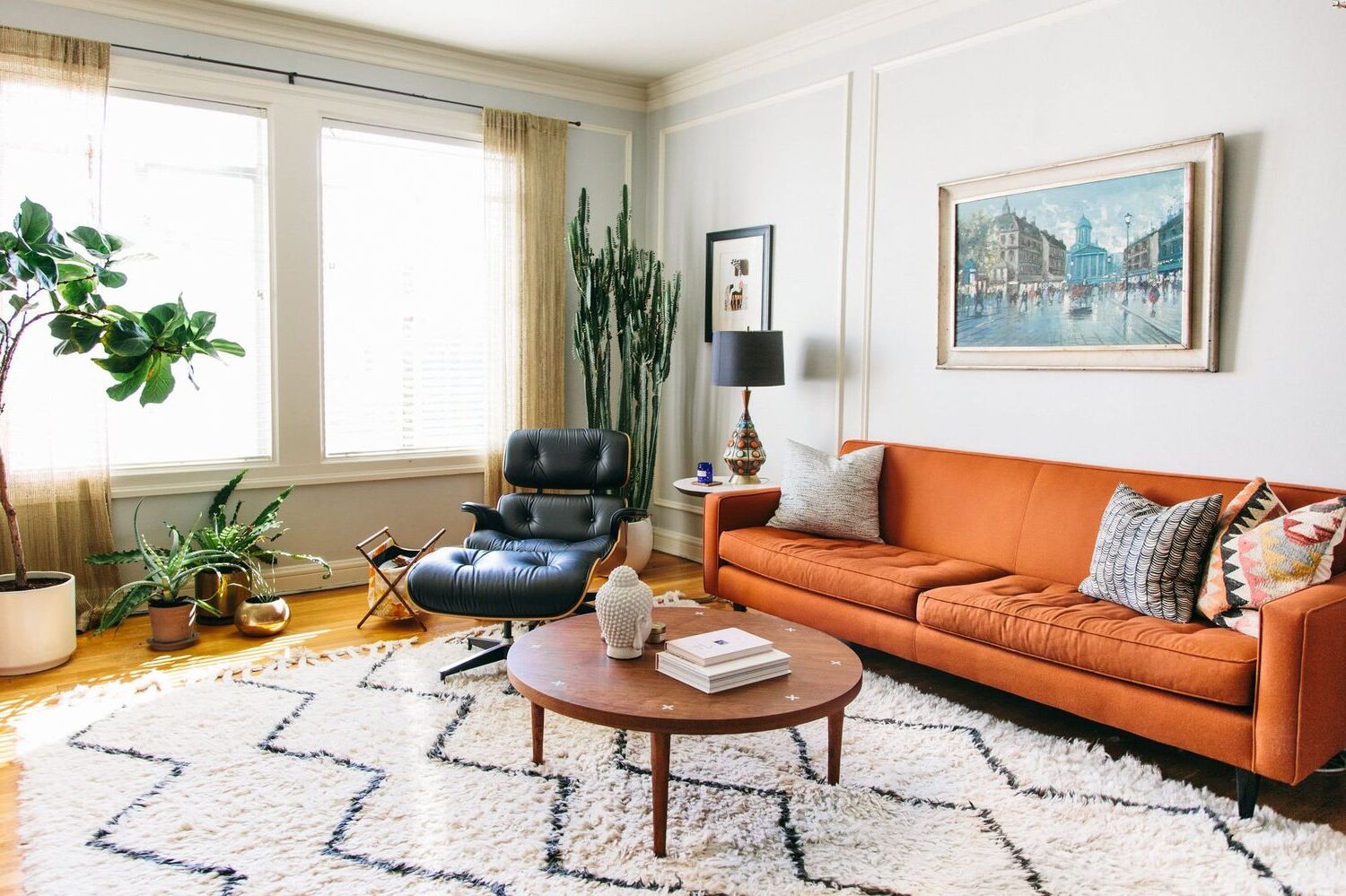

Ideas and Tips
Identifying Mid-Century Modern Furniture: Key Features
Published: October 28, 2024
Discover how to identify mid-century modern furniture with key features like clean lines, organic shapes, and functional design. Enhance your decor with timeless pieces.
(Many of the links in this article redirect to a specific reviewed product. Your purchase of these products through affiliate links helps to generate commission for Storables.com, at no extra cost. Learn more)
Mid-century modern furniture is a timeless and iconic design style that emerged in the mid-20th century, characterized by its clean lines, organic shapes, and functional design. This style revolutionized the furniture industry by rejecting the ornate and heavily decorated pieces of the past in favor of simplicity and practicality. Understanding the key features of mid-century modern furniture can help you identify genuine pieces and appreciate their unique aesthetic.
History of Mid-Century Modern Furniture
Mid-century modern furniture originated in the post-World War II era, a period marked by significant social, economic, and cultural changes. The style was influenced by the Bauhaus school of design, which emphasized the marriage of form and function. Designers like Charles and Ray Eames, Eero Saarinen, and George Nelson played crucial roles in shaping this movement. Their innovative designs not only reflected the needs of the time but also anticipated future trends in architecture and interior design.
Read more: Where To Buy Mid Century Modern Furniture
Key Characteristics
Mid-century modern furniture is defined by several key characteristics that distinguish it from other styles:
-
Clean Lines and Organic Shapes
- Mid-century modern furniture often features sleek, streamlined silhouettes with clean lines and gentle curves. The designs emphasize simplicity and the natural beauty of the materials used. Geometric shapes and smooth contours are prevalent, creating a sense of elegance and harmony.
-
Use of Natural Materials
- Authentic mid-century modern furniture typically incorporates natural materials such as wood, leather, and metal. Teak, rosewood, and walnut are commonly used for their durability and aesthetic appeal. The focus on organic materials reflects the desire for a more authentic connection with nature.
-
Functionality and Practicality
- Mid-century designers prioritized functionality and practicality. Many pieces were created with multi-purpose functions in mind, providing storage solutions and adapting to different living spaces. Hidden compartments, modular designs, and adjustable features are common elements found in mid-century furniture.
-
Minimalist Aesthetic
- The mid-century aesthetic embraces minimalism, avoiding excessive ornamentation or decorative elements. The focus is on simplicity, allowing the quality of craftsmanship and the materials to shine. This minimalist approach gives mid-century furniture a timeless and sophisticated appeal.
-
Innovative Materials
- Mid-century modern furniture designers experimented with new and unconventional materials. Look for pieces made from molded plywood, fiberglass, metal, and plastic, which were commonly used during this period.
-
Bold Colors and Patterns
- Mid-century furniture often features bold colors and patterns, allowing pieces to stand out singularly in a room. Colors such as reds, sages, yellows, blush pinks, and more were popular during this era.
-
Atomic Era Designs
- During the mid-century period, atomic and space-age designs gained popularity. Inspired by the space race and scientific advancements, furniture designers incorporated futuristic elements into their creations. Look for furniture with futuristic shapes, boomerang motifs, and starburst patterns.
-
Mixed Materials and Textures
- Mid-century modern furniture often combines natural materials with industrial materials like metal, glass, and vinyl. This juxtaposition creates a unique look that reflects both traditional craftsmanship and modern manufacturing techniques.
Identifying Mid-Century Modern Furniture
Identifying genuine mid-century modern furniture involves understanding its key features and design elements. Here are some tips to help you spot authentic pieces:
Construction Techniques
Mid-century furniture was typically crafted with high-quality materials and meticulous attention to detail. Here are some key aspects to consider when examining construction techniques:
-
Solid Wood Construction
- Mid-century furniture is often crafted from solid wood, providing durability and longevity. Look for well-constructed joints and sturdy frames that indicate high-quality craftsmanship. Authentic mid-century pieces often feature the natural beauty of wood, showcasing the grain patterns and unique characteristics of the material.
-
Tapered Legs and Angles
- Many mid-century pieces feature tapered legs and angles, which contribute to their distinct visual appeal. Tapered legs provide a sense of lightness and elegance while showcasing the mastery of woodworking. These legs are often slender at the bottom and gradually widen toward the top.
-
Quality of Joinery
- Mid-century furniture is often constructed using traditional joinery techniques such as mortise and tenon or dovetail joints. These methods ensure the stability and durability of the piece. Examine the joints closely to assess the quality of craftsmanship. Well-executed joints indicate superior construction and suggest an authentic mid-century piece.
Design Elements
Mid-century modern furniture is characterized by specific design elements that capture the essence of the era. Understanding these design elements will help you identify authentic mid-century pieces:
-
Atomic Era Designs
- During the mid-century period, atomic and space-age designs gained popularity. Inspired by the space race and scientific advancements, furniture designers incorporated futuristic elements into their creations. Look for furniture with futuristic shapes, boomerang motifs, and starburst patterns.
-
Use of Bold Colors and Patterns
- Mid-century furniture often features bold colors and patterns, allowing pieces to stand out singularly in a room. Colors such as reds, sages, yellows, blush pinks, and more were popular during this era.
-
Organic and Geometric Forms
- Mid-century design often combines organic and geometric forms. Furniture pieces may feature curvaceous lines inspired by nature, such as gently sloping armrests or sculpted chair backs. Simultaneously, geometric shapes like squares, rectangles, and triangles are incorporated into the overall design. The combination of organic and geometric forms creates a balanced and visually appealing composition.
-
Label or Signature
- Many mid-century modern furniture pieces were labeled or stamped by the manufacturer. Look for manufacturer logos, designer signatures, or other identifying marks on the underside or back of the furniture. Researching the designer's typical style of marking can help authenticate a piece.
-
Patina and Wear
- Genuine vintage furniture will exhibit signs of aging, such as patina, scratches, or discoloration, which adds character and authenticity to the piece. Be cautious of overly pristine or artificially aged pieces.
Read more: How To Make A Mid-Century Modern Table
Notable Designers
Understanding the work of renowned mid-century modern designers can also help you identify authentic pieces:
-
Charles and Ray Eames
- This husband-and-wife duo created iconic mid-century modern designs that include the Eames Lounge Chair and Ottoman, molded fiberglass chairs, and the Wire Chair collection. Their innovative use of materials like plywood and fiberglass set new standards for furniture design.
-
Hans Wegner
- Known as the "Master of the Chair," Wegner's designs often featured organic shapes, clean lines, and functional elegance. His famous works include the Wishbone Chair and the Shell Chair.
-
Eero Saarinen
- Saarinen's designs were characterized by their sculptural forms and groundbreaking use of materials. His Tulip Table and Womb Chair are iconic examples of mid-century modern design.
Decorating with Mid-Century Modern Furniture
When decorating with mid-century modern furniture, keep in mind the following tips to ensure that your space reflects the timeless elegance of this style:
-
Focus on the Wood
- Let the wooden pieces shine. Make sure the woods you select work together and do not contrast each other. The natural beauty of wood is a hallmark of mid-century modern design.
-
Understand a Piece's Limitations
- Keep in mind that the furniture pieces of yesteryear were not made to accommodate modern households. For example, while many mid-century modern credenzas are used today as TV stands, furniture designers at the time did not create these pieces for this purpose.
-
Visually Balance the Space
- Try to strike the right balance when it comes to incorporating MCM pieces into your space. The minimalist aesthetic of mid-century modern furniture can sometimes make a room feel sparse; adding complementary elements like rugs, lighting fixtures, or artwork can enhance the overall look.
Conclusion
Mid-century modern furniture is more than just a design style; it represents a cultural and historical movement that continues to influence contemporary design. By understanding its key features—clean lines, organic shapes, functional design, minimalist aesthetic, innovative materials, bold colors, and mixed textures—you can identify genuine pieces and appreciate their timeless appeal. Whether you're a collector, an interior designer, or simply someone who appreciates good design, mid-century modern furniture offers a unique blend of elegance and practicality that remains unmatched in many ways.
In conclusion, identifying mid-century modern furniture involves a combination of understanding its historical context, recognizing its distinctive design elements, and appreciating its craftsmanship. By following these guidelines and tips, you can enhance your knowledge of this iconic style and enjoy the beauty of genuine mid-century modern pieces in your home.
Was this page helpful?
At Storables.com, we guarantee accurate and reliable information. Our content, validated by Expert Board Contributors, is crafted following stringent Editorial Policies. We're committed to providing you with well-researched, expert-backed insights for all your informational needs.
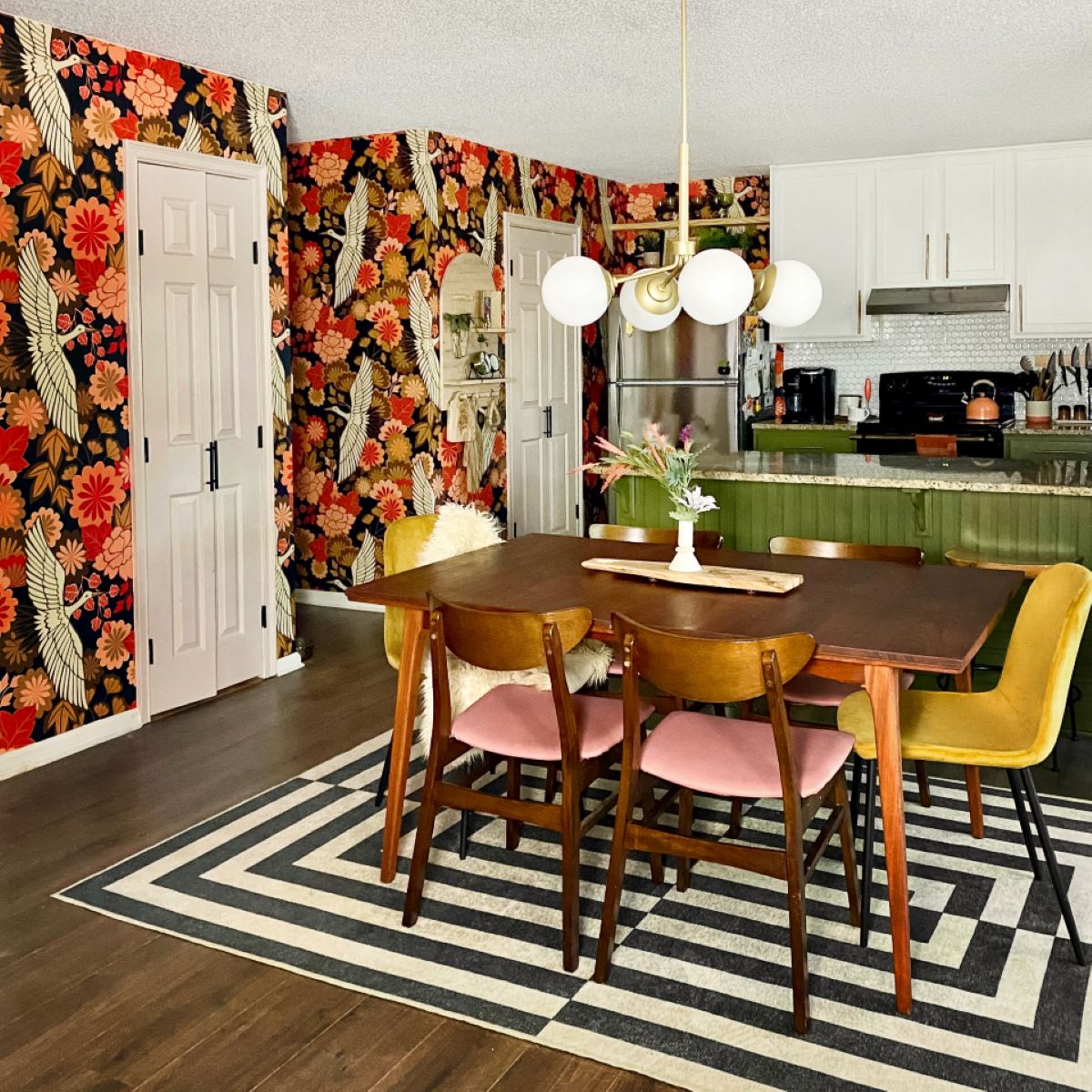
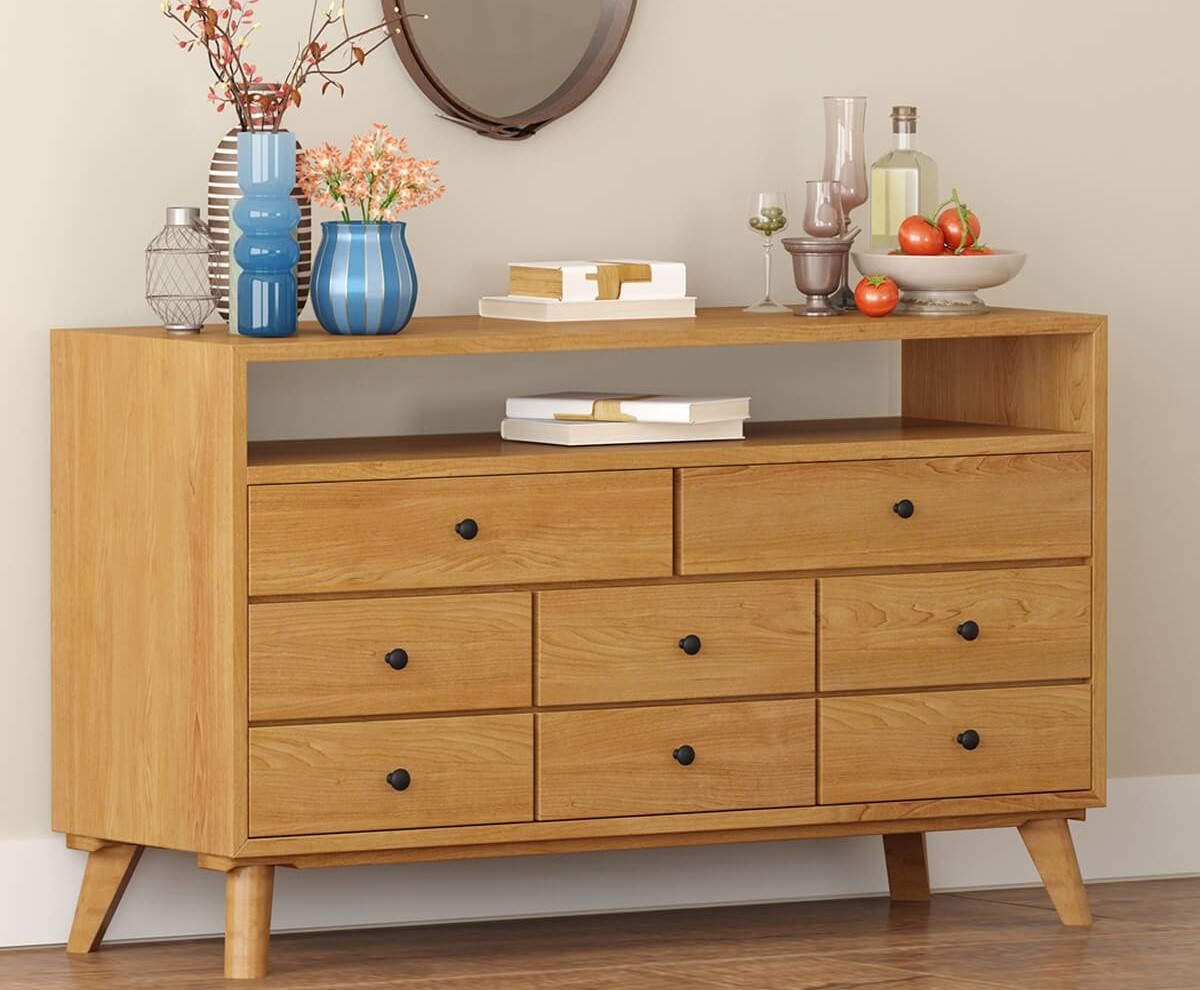
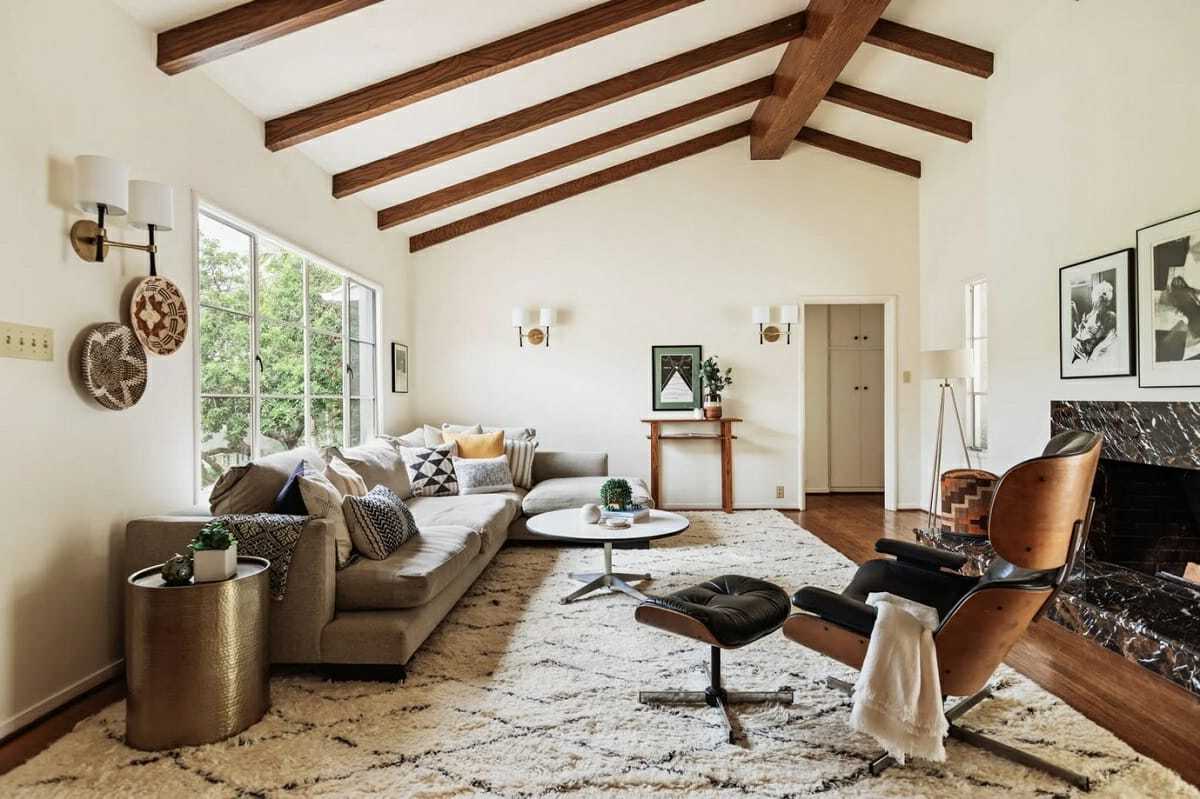
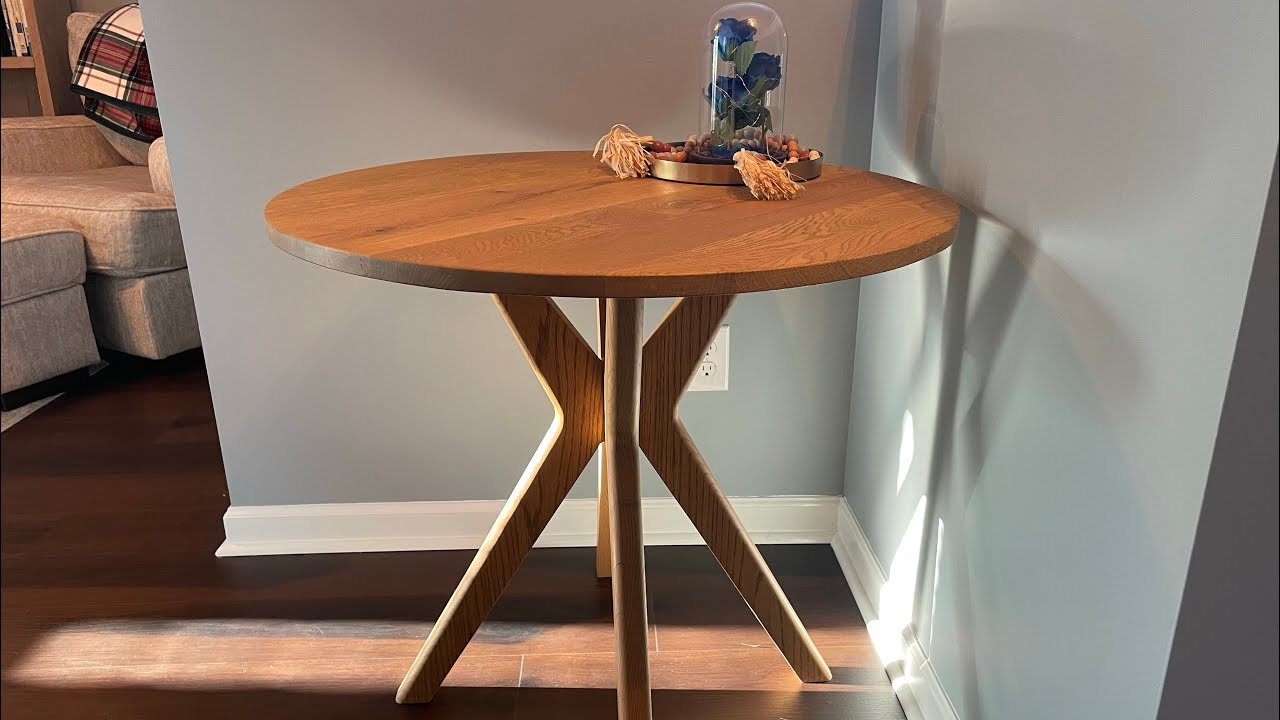
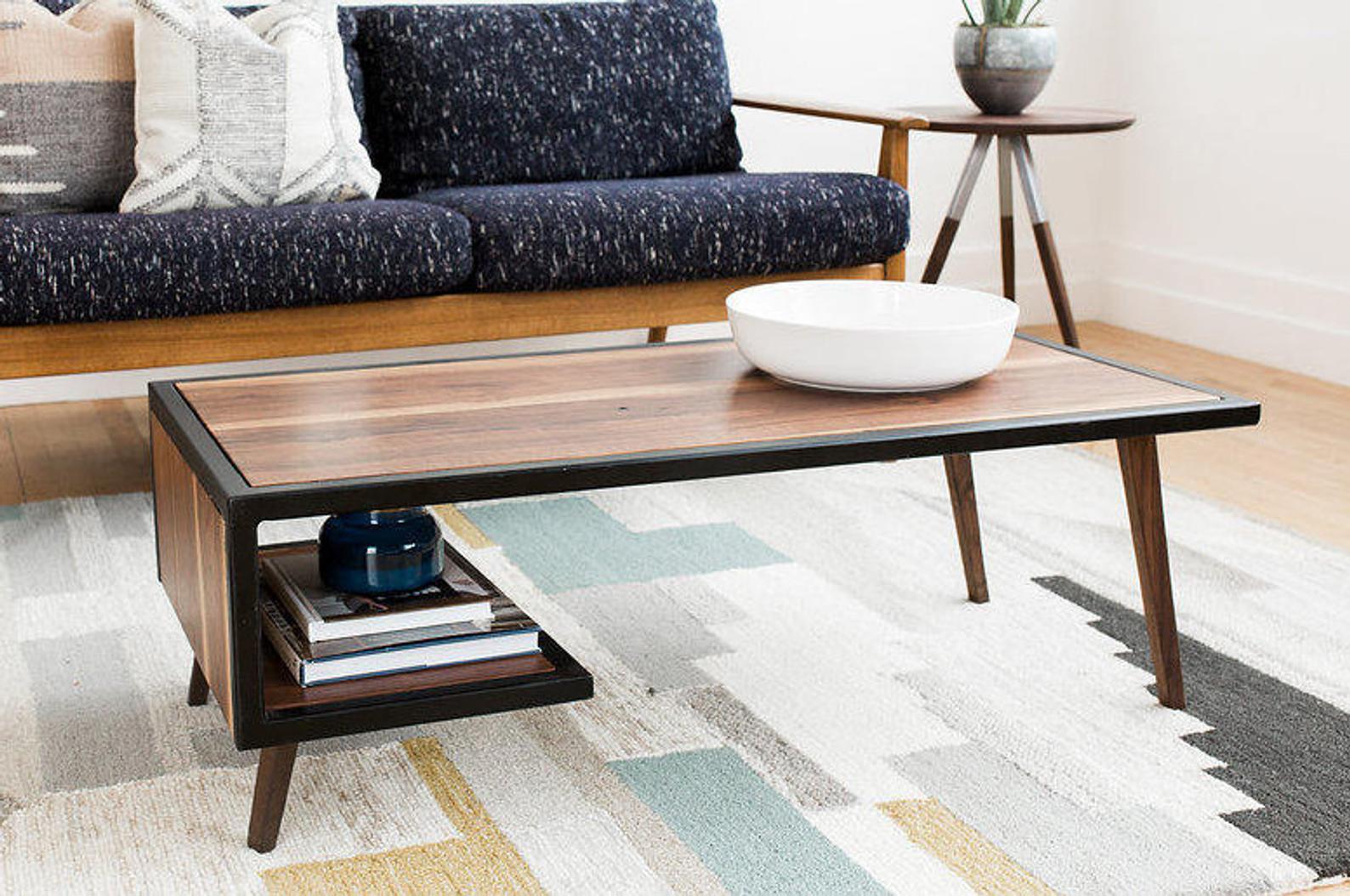
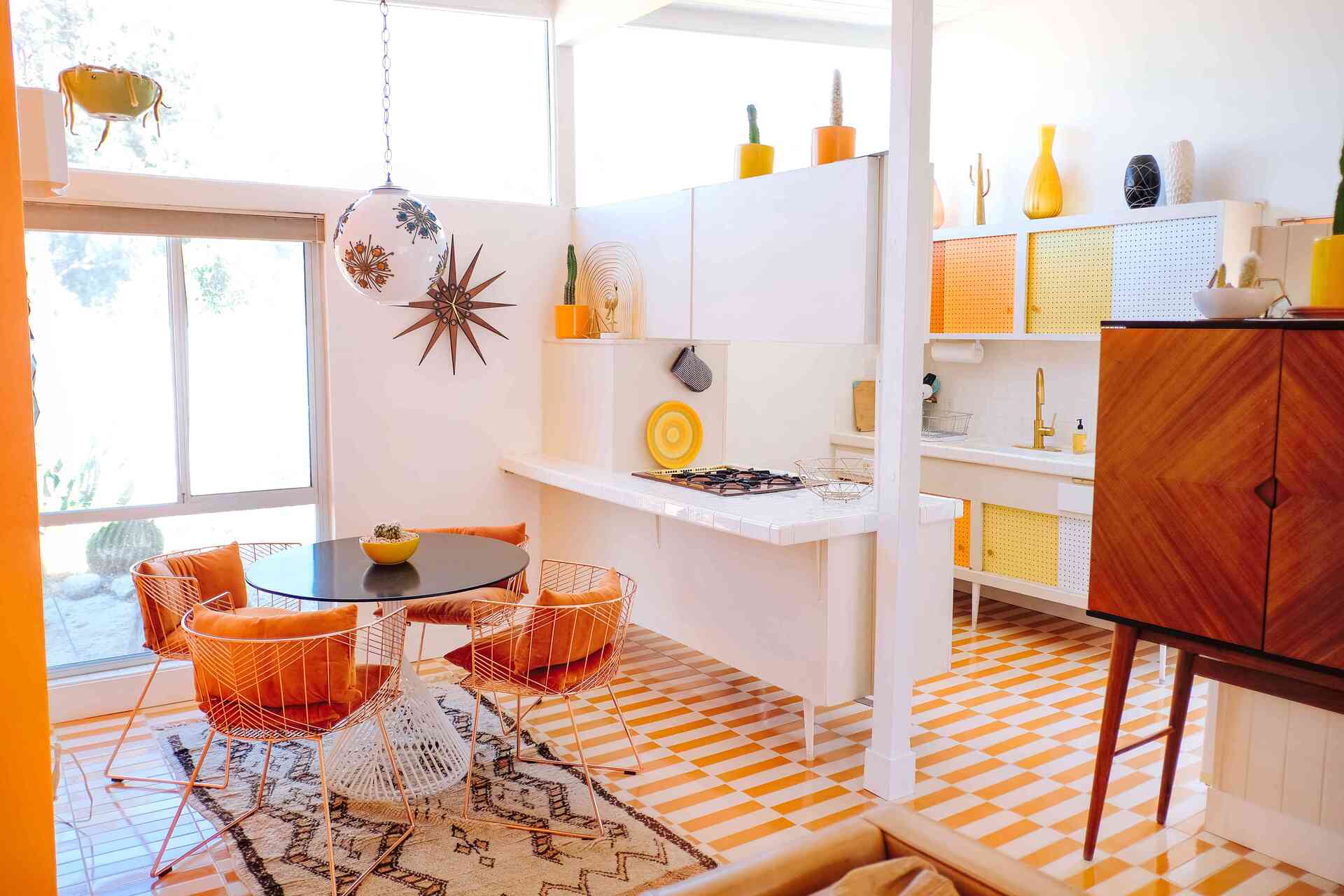
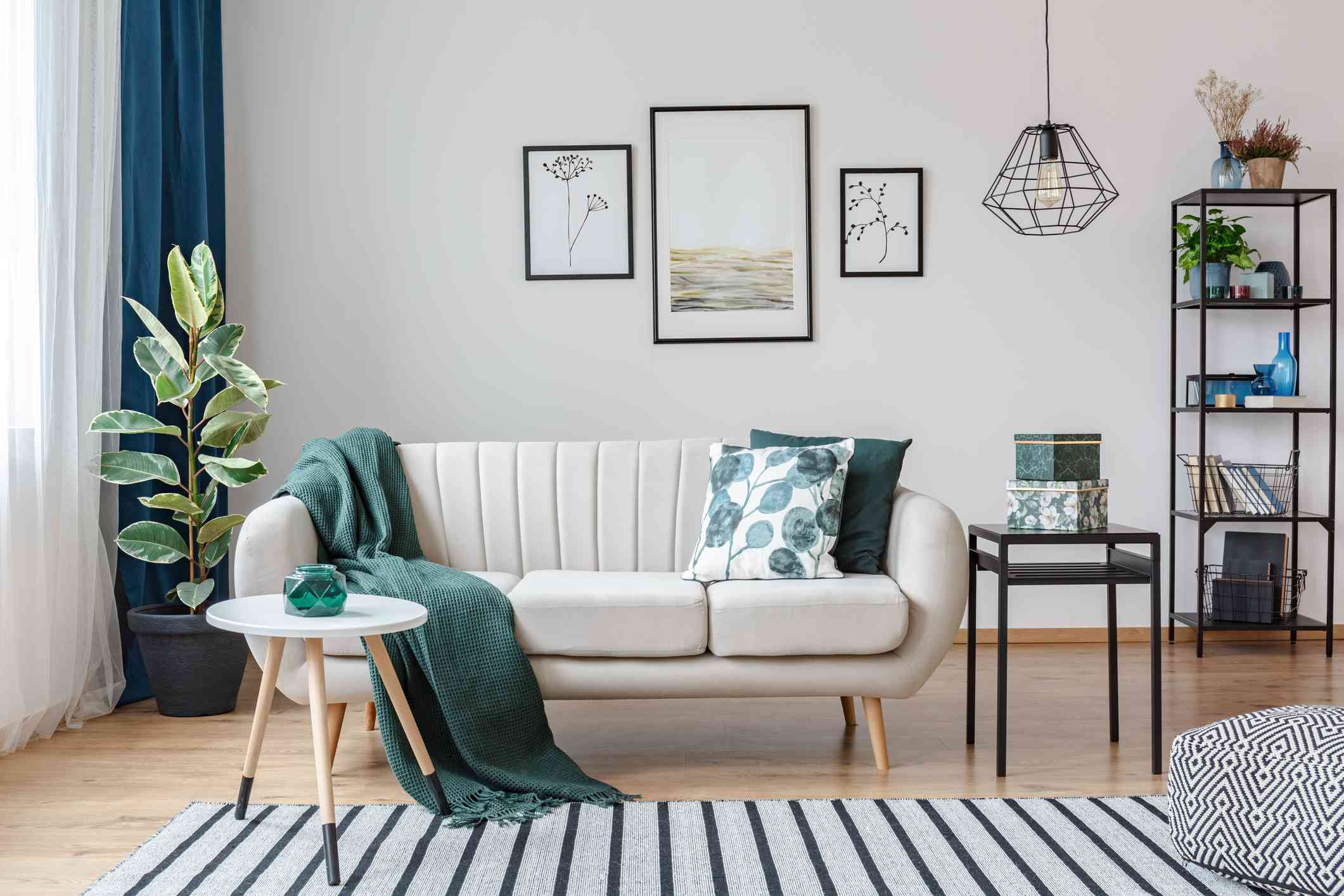
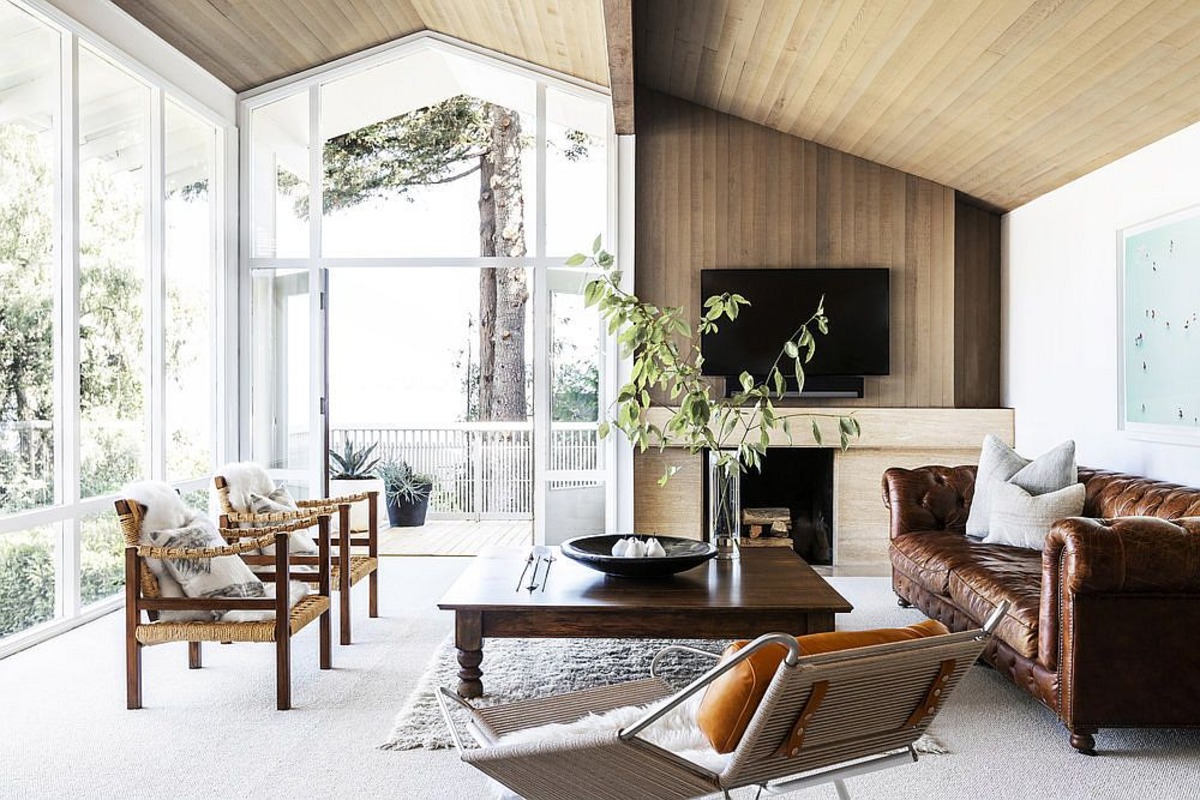
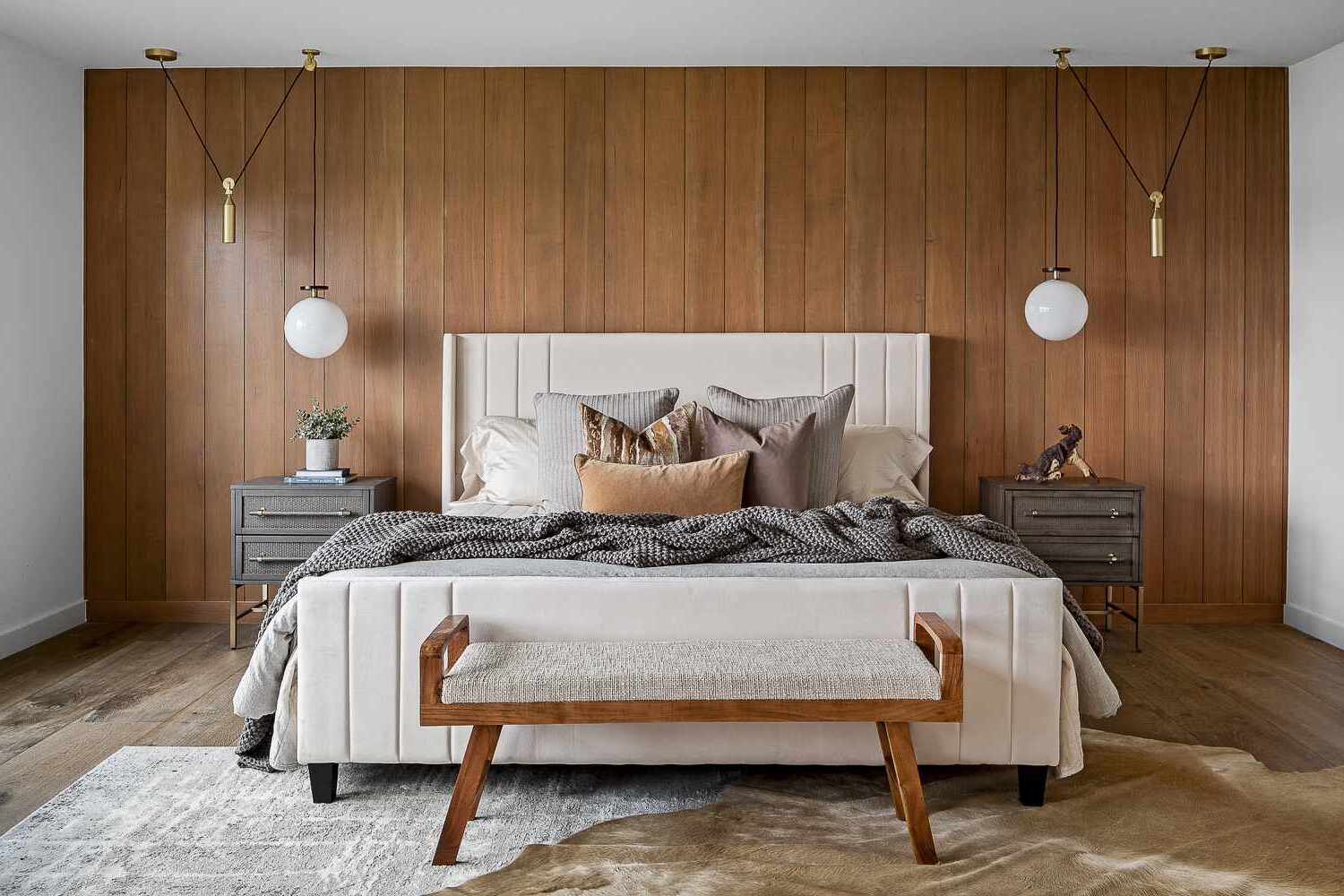
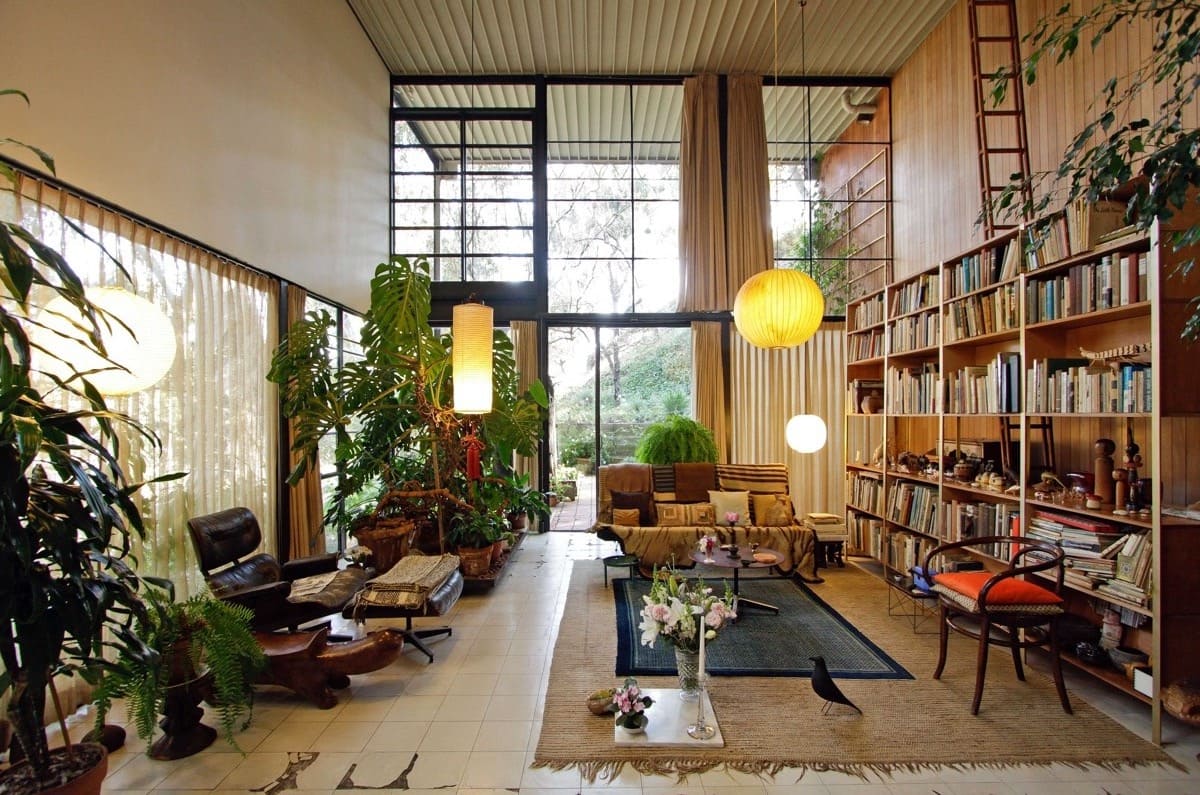
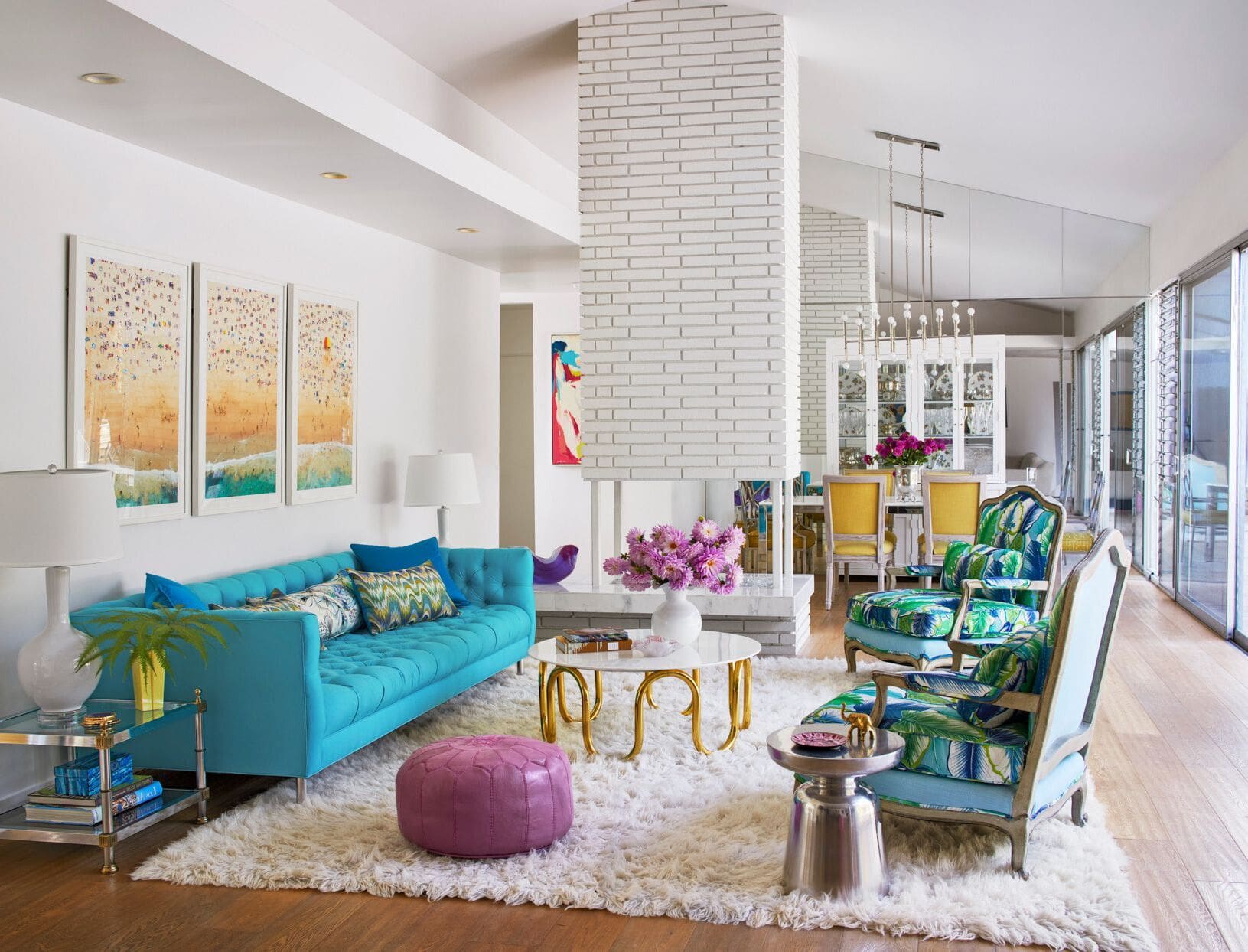
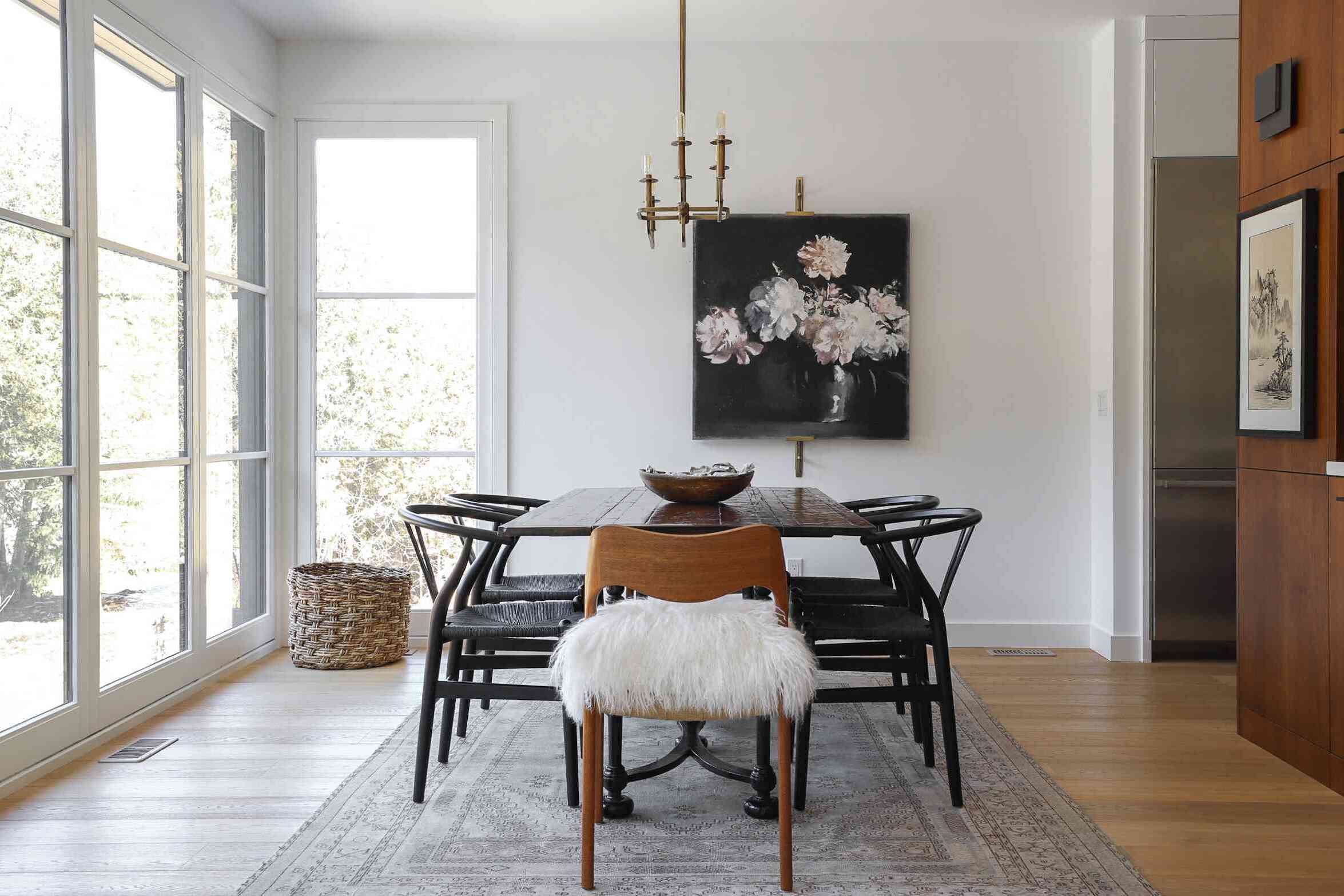
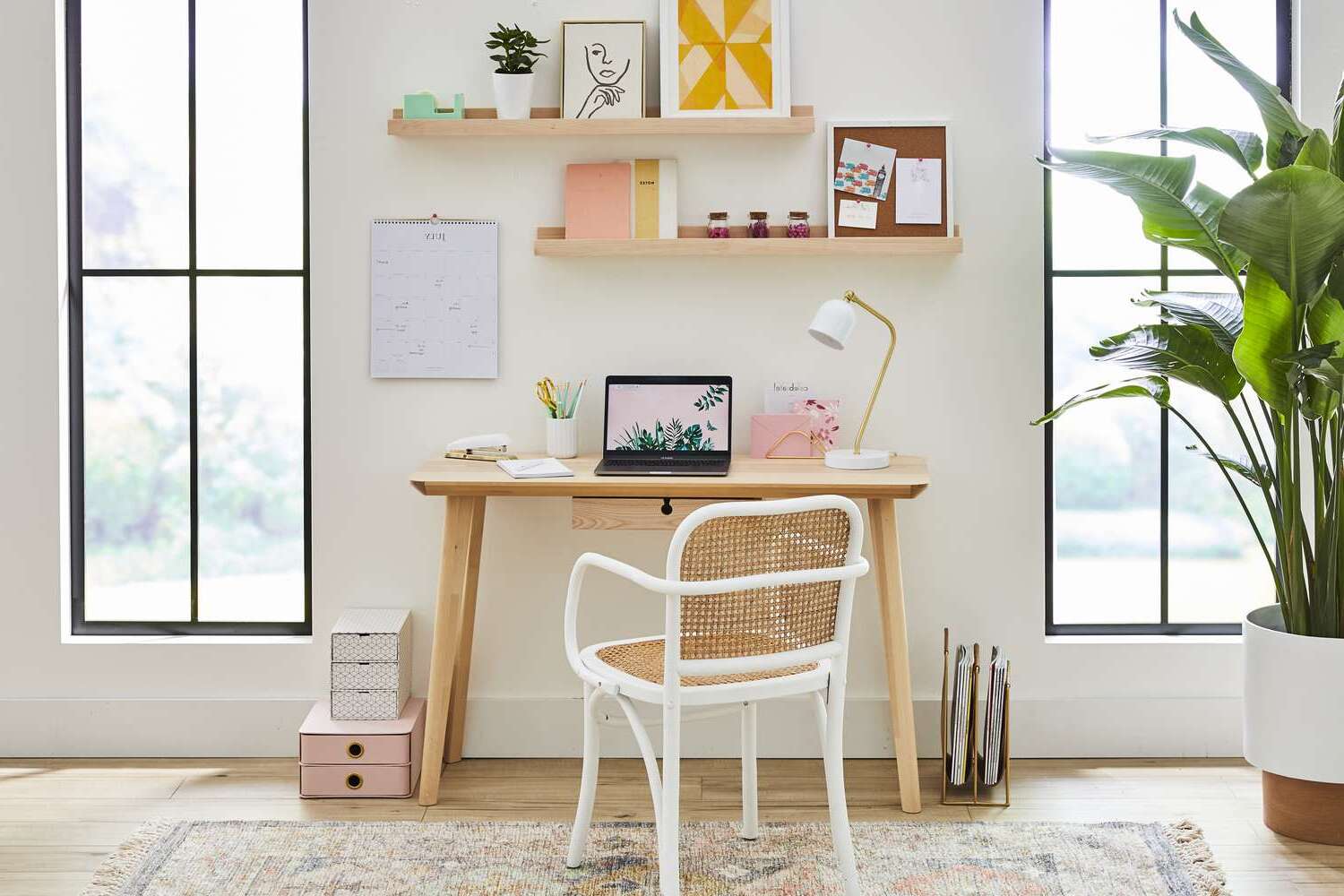
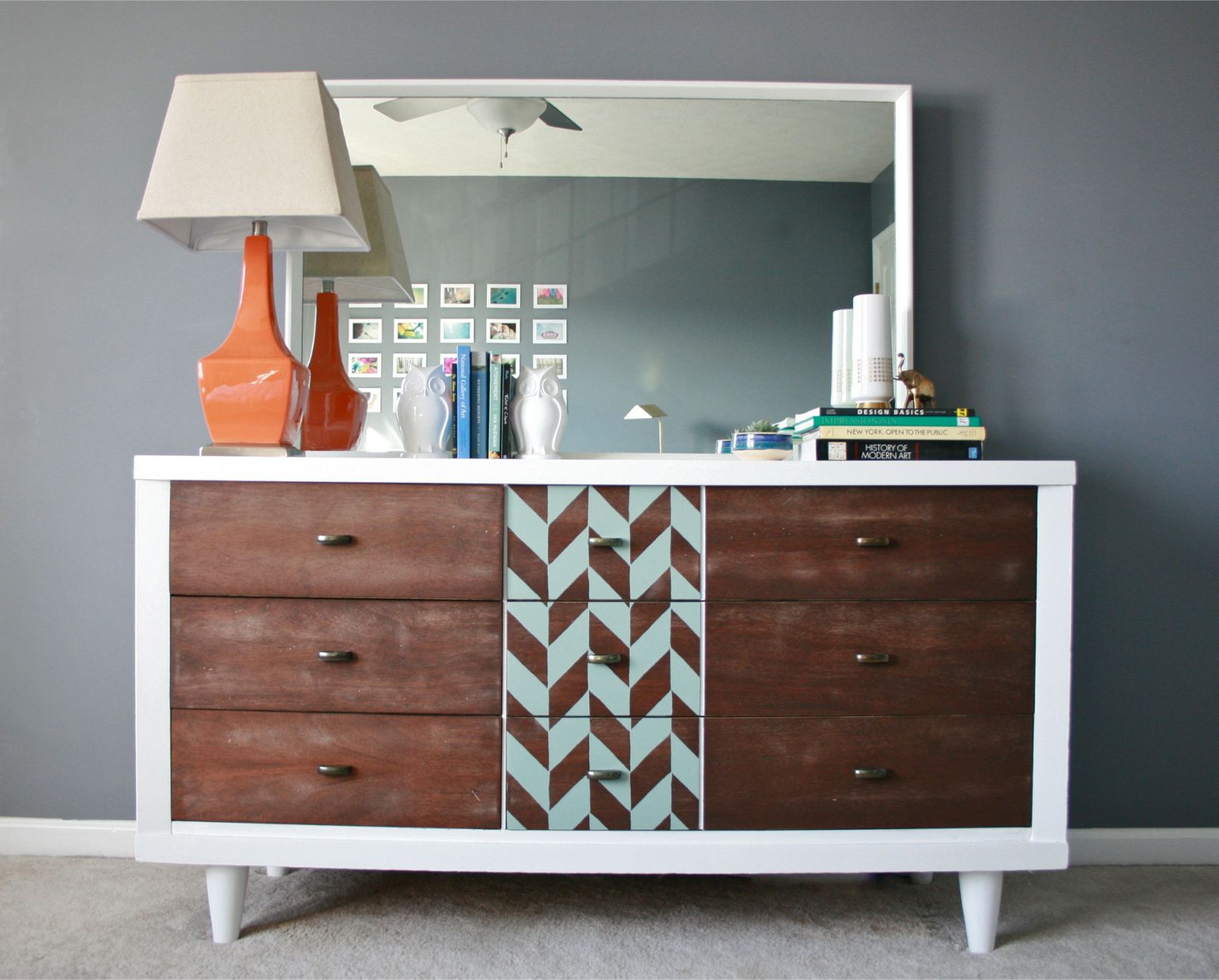

0 thoughts on “Identifying Mid-Century Modern Furniture: Key Features”